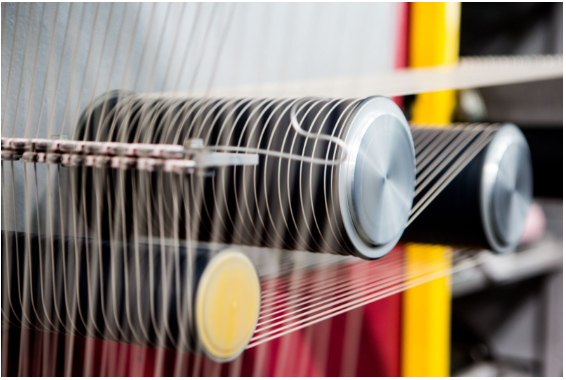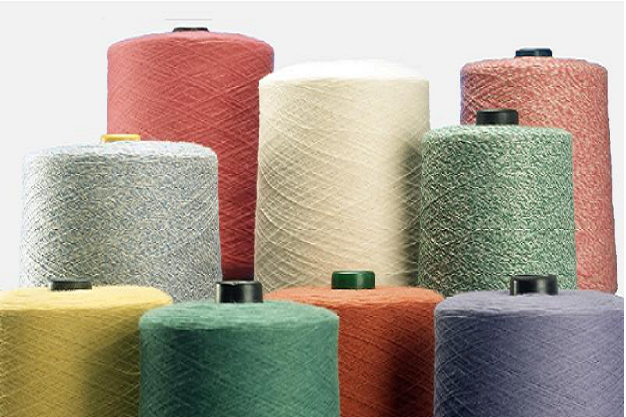In the evolving landscape of sustainable practices within the textile industry, recycled yarn emerges as a pivotal innovation, minimizing waste and conserving resources. Among the leaders in this environmental ambition is AYM Syntex, has made significant strides in promoting sustainability through its creation of recycled yarns, such as the acclaimed Polycycle™ and Nicycle yarn. This product not only encourages eco-friendly manufacturing processes but also highlights the company’s commitment to ecological responsibility. The importance of recycled yarn, including variants such as recycled polyester, cannot be overstated as it represents a crucial step towards reducing the environmental footprint of the textile sector.
What are Recycled Yarns?
Recycled yarns are innovative materials crafted from base materials such as post-consumer PET bottles or industrial and repurposed plastics. These yarns result from advancements in recycling technology, offering a sustainable alternative to traditional fibers. The process involves collecting textile waste from factory remnants or used PET bottles, and sorting by fiber type and color to conserve energy and minimize pollution.
The importance of recycled yarns lies in their ability to significantly reduce the need for new fiber production, which is crucial for conserving water, reducing pesticide and chemical use, and minimizing land use, especially for cotton. Additionally, the production of recycled yarns consumes less resources compared to manufacturing new fibers, particularly synthetic ones. By choosing recycled yarns, crafters and consumers contribute to minimizing landfill waste, decreasing greenhouse gas emissions, and reducing the impact on biodiverse ecosystems.
Benefits and Challenges of Using Recycled Yarns
Environmental Benefits
- Recycled yarn significantly reduces pollution, conserving the world’s resources. Studies show that pre-consumer recycled yarn can save up to 60% energy and cut greenhouse gas emissions by 32% compared to traditional yarn production.
- Using recycled materials in yarn production can decrease waste sent to landfills by 65%, showcasing a substantial environmental advantage over conventional yarn.
- Recycled yarn, such as CYCLO Recycled Fibers, has been highlighted as economically viable and the most sustainable option for the environment when compared to alternatives like recycled polyester or organic cotton.
Durability and Quality
- Factory-spun recycled yarns maintain the quality expected from standard yarns, with even dyes and consistent spinning. Choosing these yarns supports responsible manufacturing and can lead to more choices and better prices due to increased demand.
- However, recycled yarn may sometimes be less soft and smooth, especially if made from post-consumer waste. Its interaction with knitting needles or crochet hooks can differ, offering a better grip due to its textured feel, which can be advantageous for intricate patterns or beginners. Both recycled and virgin are similar in terms of feel and quality.
Also Read : Four Things To Know About Recycled Yarns
Conclusion
Throughout this guide, we have journeyed through the innovative world of recycled yarns, highlighting their transformative role in the carpet industry towards environmental sustainability. Central to our discussion has been AYM Syntex’s pioneering efforts with their Polycycle™ yarn, a prime example of how dedication to ecological responsibility can be woven into the very fabric of our floor coverings. This exploration underscores the significant strides made by AYM Syntex in promoting sustainability, showcasing how the company’s commitment extends beyond mere production to encompass a broader eco-centric vision. Their Polycycle yarn embodies the confluence of quality, durability, and environmental stewardship, setting a benchmark in the sustainable yarn manufacturing.




